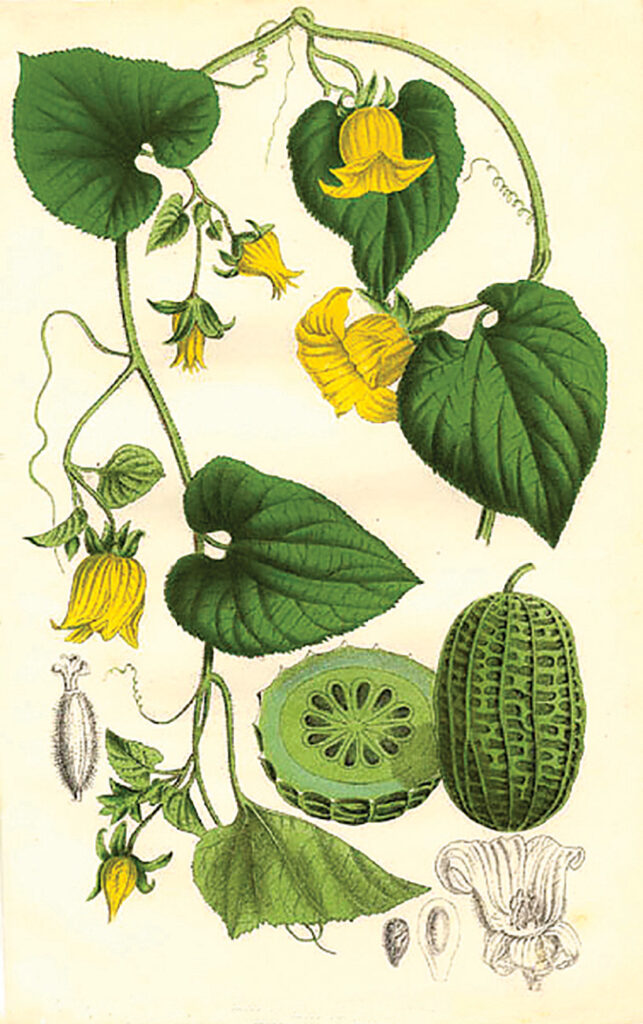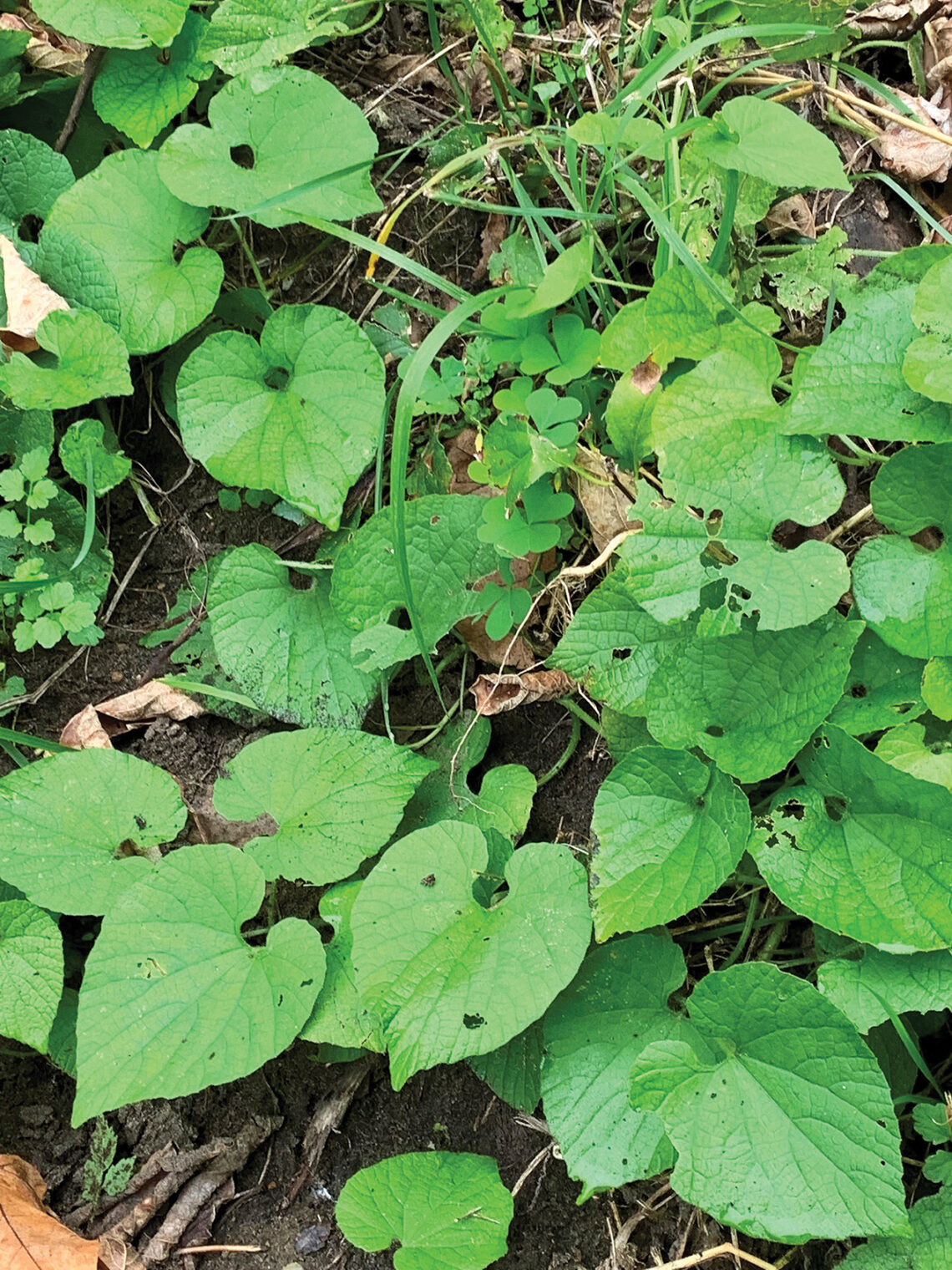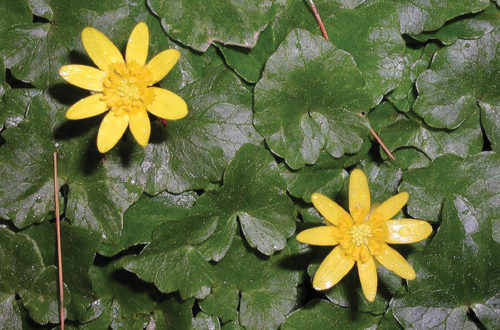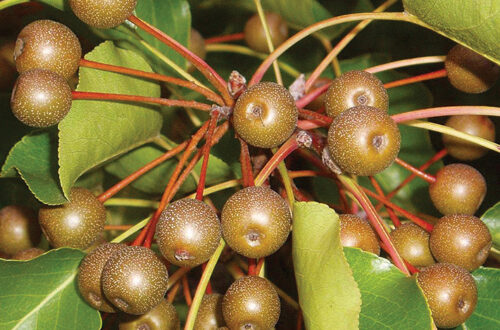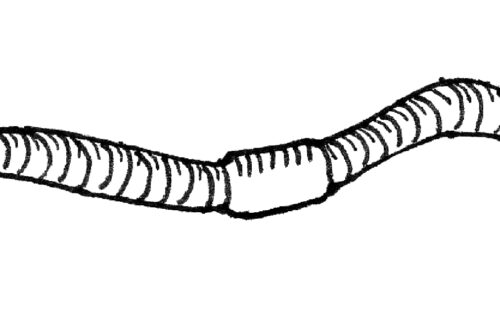A CAES PRESS RELEASE
The Connecticut Agricultural Experiment Station (CAES) has announced the discovery of a new non-native invasive plant in Connecticut.
Scientists from CAES in collaboration with Robin Zitter and Nikolle Lizana, a local horticulturist and landscape gardener, respectively, have discovered Goldencreeper (Thladiantha dubia), a highly invasive non-native plant, in Kent.
Goldencreeper, aka Manchu tuber gourd, is a member of the gourd (Cucurbitaceae) family. It is native to Northeastern China, Korea, and Russia. It is believed to have been introduced into North America as an ornamental plant.
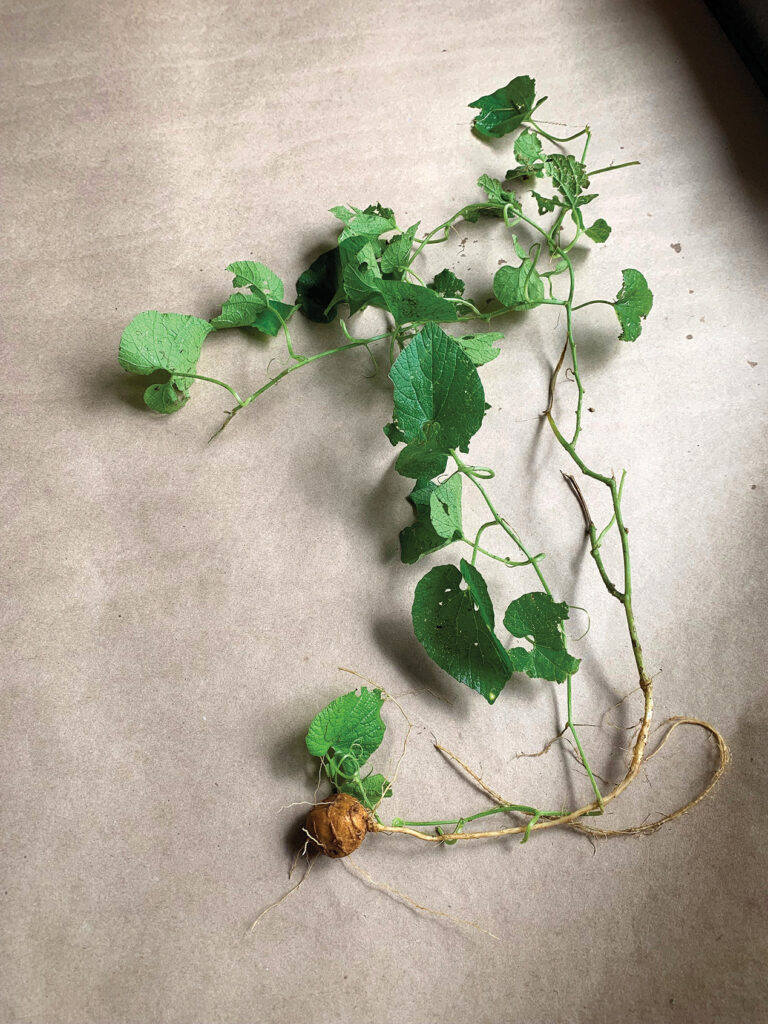
Currently, it is present in Illinois, Massachusetts, Minnesota, New Hampshire, New York, and Wisconsin in
the United States and in the provinces of Manitoba, Ontario, and Quebec in Canada. This is the first report in Connecticut.
Goldencreeper is a serious threat to native plant diversity. It quickly outgrows native plants by its fast growth, twining and climbing growth habit, and thereby tends to eliminate the native vegetation.
Goldencreeper reproduces and spreads mainly by persistent, fleshy, underground, potato-like tubers which make it extremely difficult to eradicate.
Connecticut residents are encouraged to report any new cases of its presence in Connecticut to the CAES.
If you suspect goldencreeper on your property, please contact Dr. Jatinder S. Aulakh, Associate Weed Scientist at the Valley Lab in Windsor, by email at Jatinder.Aulakh@ct.gov or by phone at (860) 683-4984.
